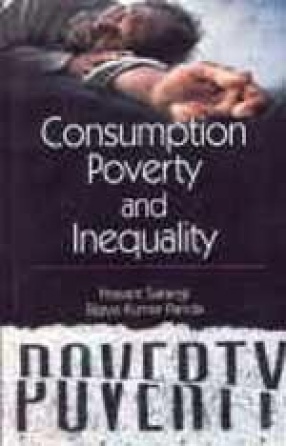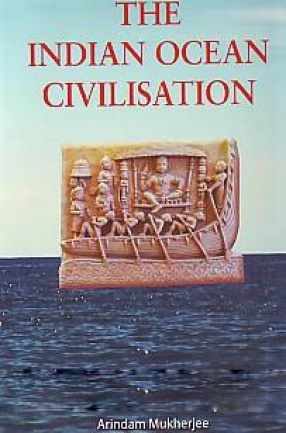The existence of large disparities in living standards between regions and between classes of people is widely believed to be an important cause of prevailing social tensions and unrest. Many hold the view that the incidence of poverty and the level of inequality are growing and such trends, if unchecked, would aggravate tensions and endanger a country’s stability. Practically every shade of political opinion is exercised about it. Accordingly, development policies of the government are increasingly judged not merely by their success in achieving a rapid expansion of aggregate real output but also in term of how the fruits of development are distributed among different classes and regions. So, a proper understanding of the pattern of consumption which is one of the important determinant of the nature and extent of poverty and inequality assume practical importance. The analysis of inequality is concerned with the distribution of an economic cake among the members of a given population but the analysis of poverty is concerned with whether the resources of some members of the population fall below an acceptable minimum. A closer examination of these reveals a greater degree of overlap. The degree of overlap is mot evident in the discussions of public policy in an ‘unequal’ economy. For alleviating poverty, the required feedback to the policy makers is the quantification or measurement of poverty and inequality. Recently, along with the economic poverty, the prevalence social poverty is noticed which is the result of economic poverty along with high infant mortality rate, high maternal mortality rate, high illiteracy rate, and high level of unemployment rate. So the problem of poverty is complex in context, texture, characteristics, impact and implications as such it cannot be characterised adequately in terms of income or expenditure. It has also been realised by the social scientists and social activists that poverty in countries like India has to be studied in a wider framework of reference, which should be more empirical and less abstract, more micro-social and micro-economic and less macro-social and macro-economic. Thus, the focus should be on human degradation resulting from poverty and not on the number only. Now what is required is a multidimensional concept of poverty inclusive of environment, access to services and social and psychological supports. The various dimensions of consumption, poverty and inequality examined and the findings of this study in context of the country like India and its constituent states will be of great use to the teachers, researchers and students in general and planner, policy makers and administrators in particular.
Consumption, Poverty and Inequality
In stock
Free & Quick Delivery Worldwide
reviews
Bibliographic information
Title
Consumption, Poverty and Inequality
Author
Edition
1st ed.
Publisher
ISBN
8183562645
Length
x+270p., Figures; Tables.
Subjects





There are no reviews yet.